
Animals to watch on safari in Tanzania – The Big Five
A trip to Tanzania means meeting the emblematic species of the African savannah in exceptional natural settings. More than 4 million wild animals live on Tanzanian soil and roam freely between the country’s vast parks and reserves. A veritable sanctuary for African wildlife, Tanzania has the highest concentration of animals per square kilometre in the world. A safari in Tanzania will be an opportunity to discover the famous Big Five and many other fascinating species.
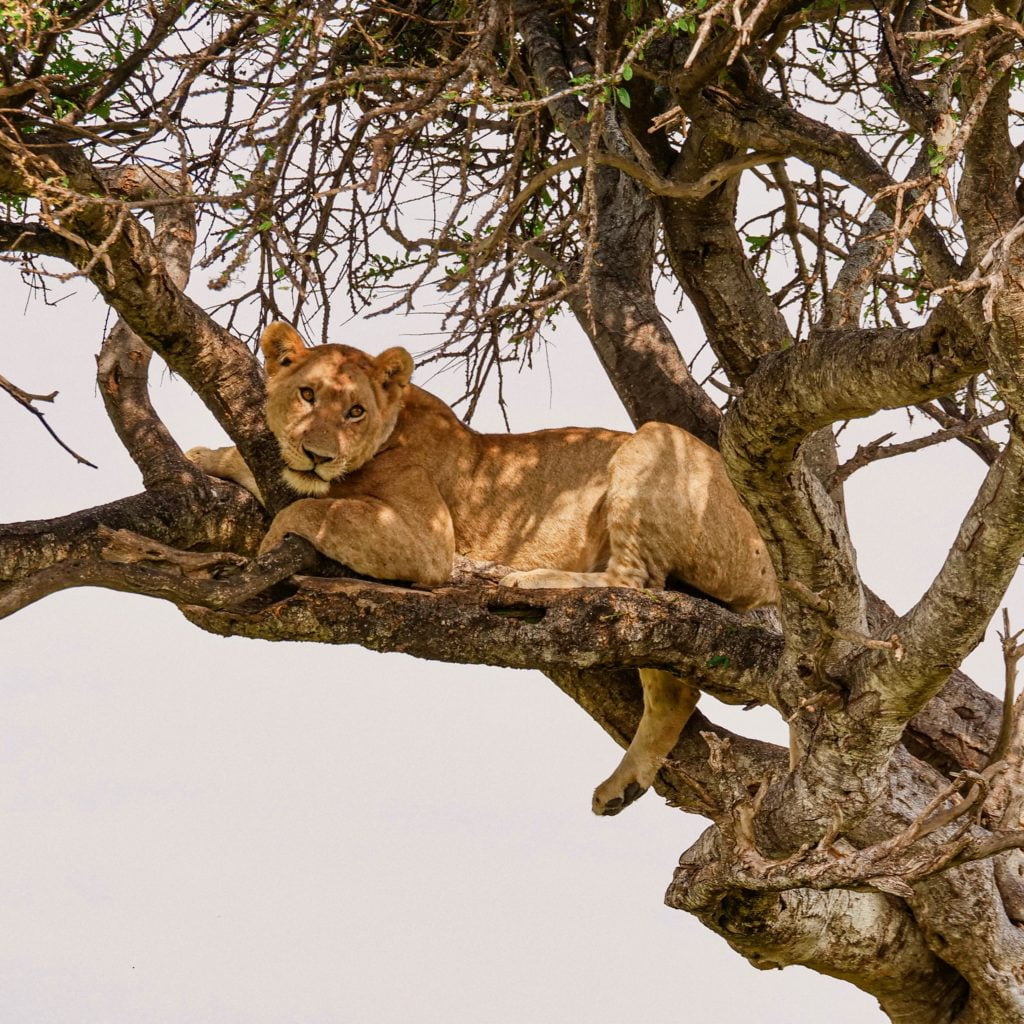
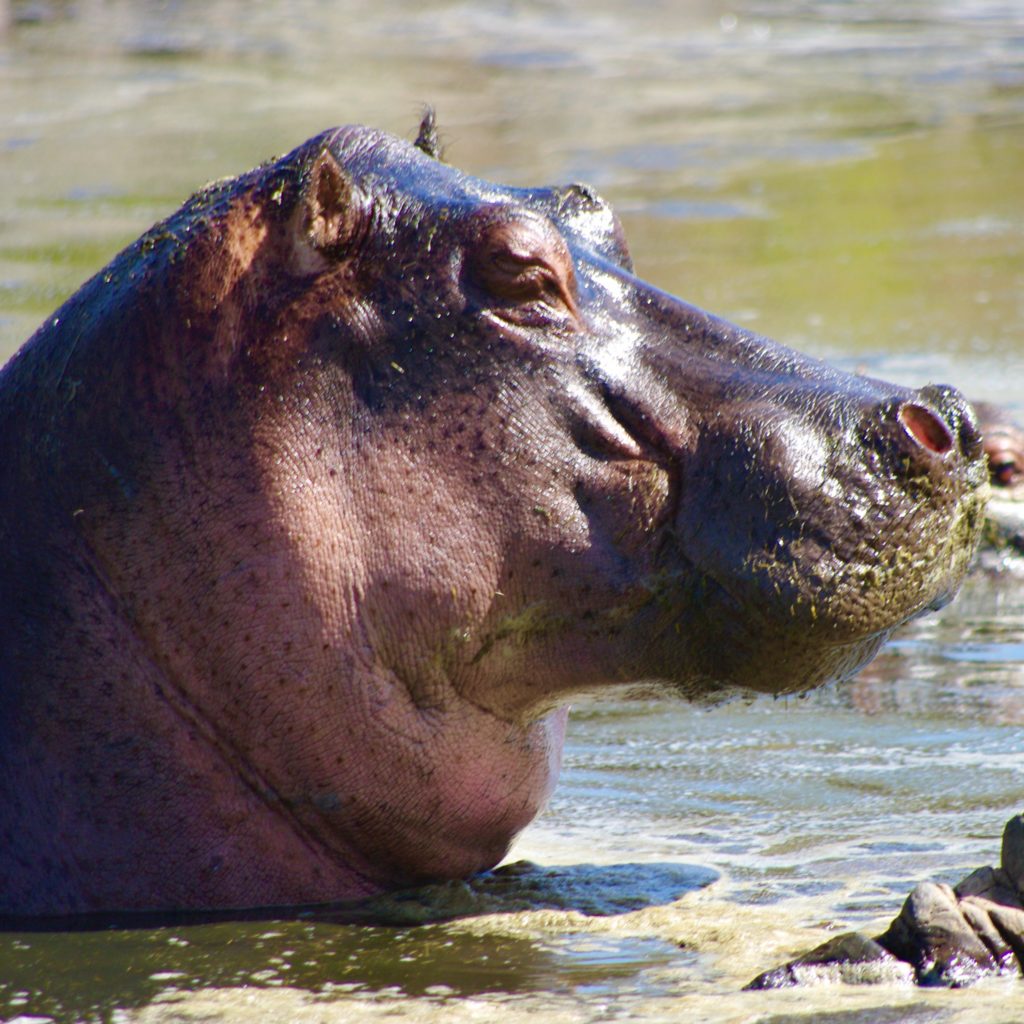
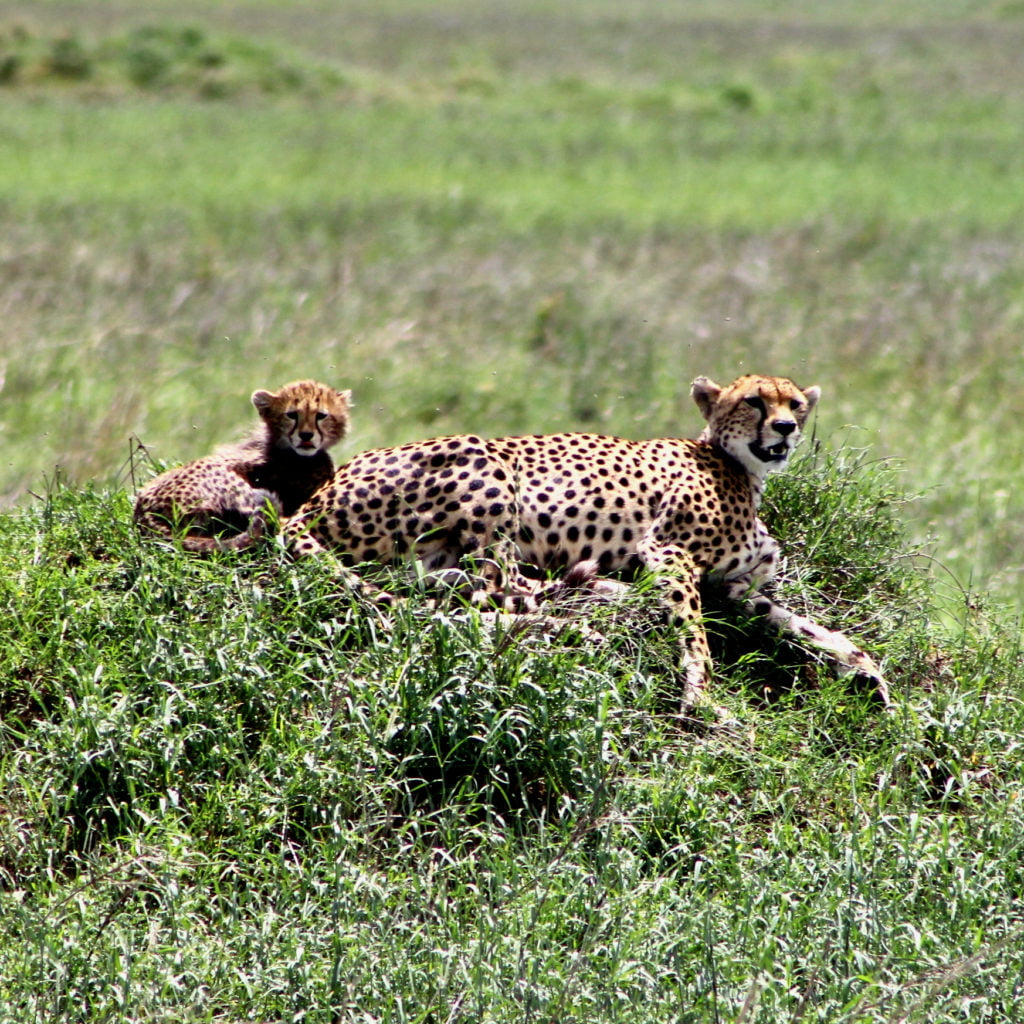
Animals to see on safari in Tanzania – The Big Five
A trip to Tanzania means meeting the emblematic species of the African savannah in exceptional natural settings. More than 4 million wild animals live on Tanzanian soil and roam freely between the country’s vast parks and reserves. A veritable sanctuary for African wildlife, Tanzania has the highest concentration of animals per square kilometre in the world. A safari in Tanzania is therefore an opportunity to discover the famous Big Five and many other fascinating species.
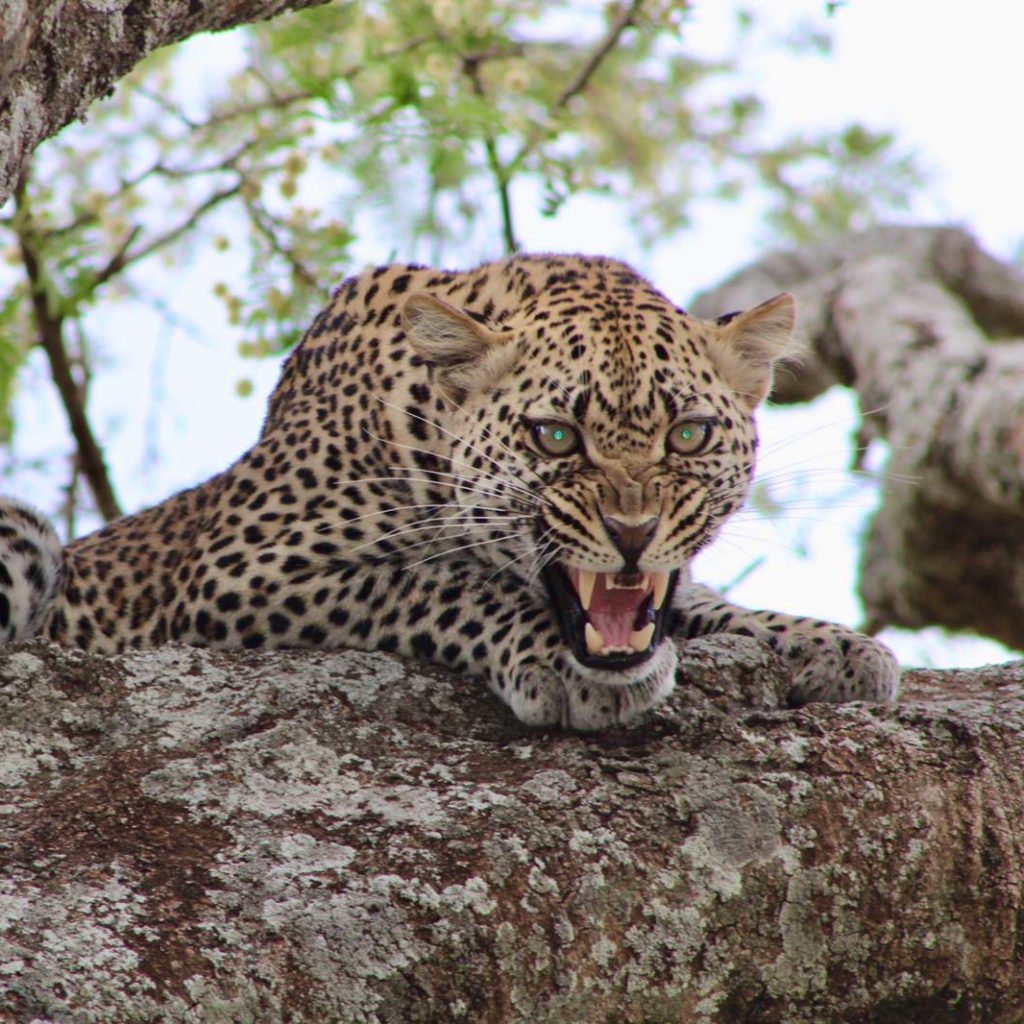
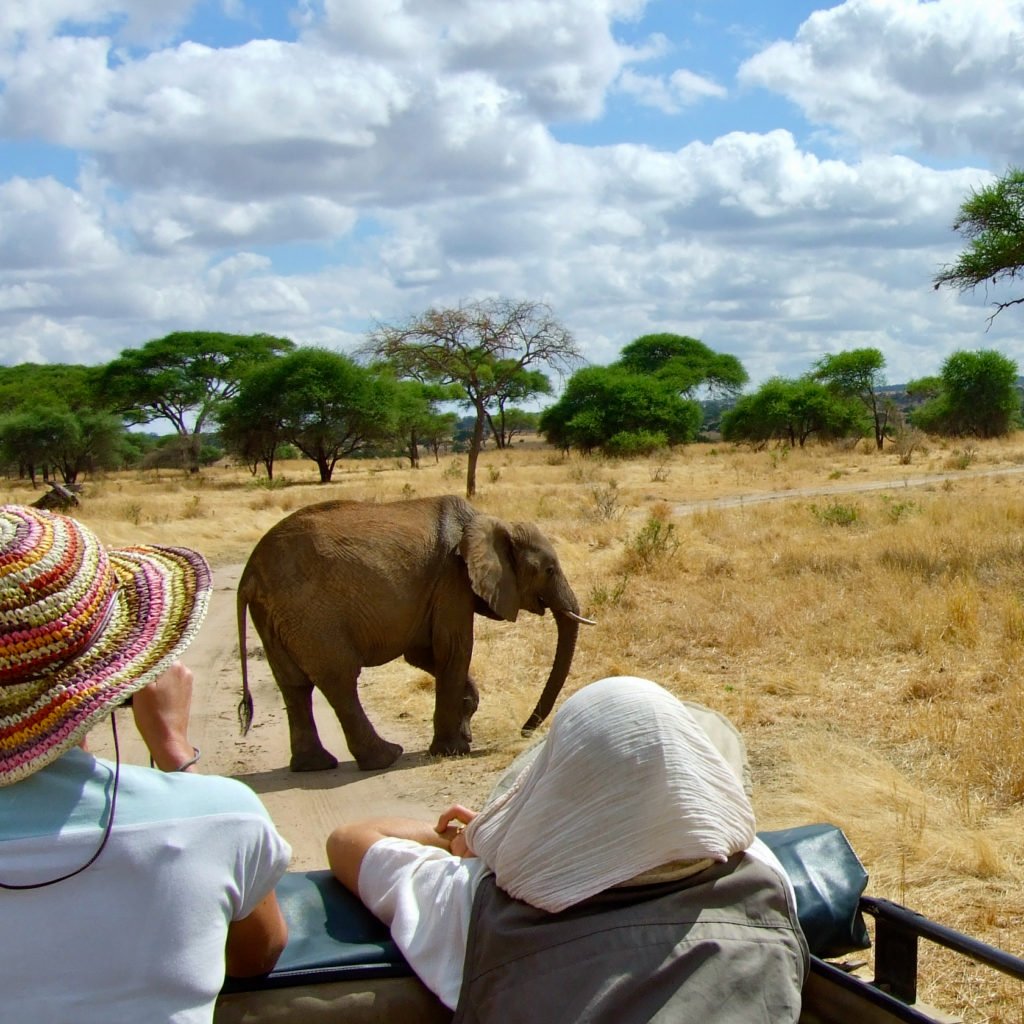
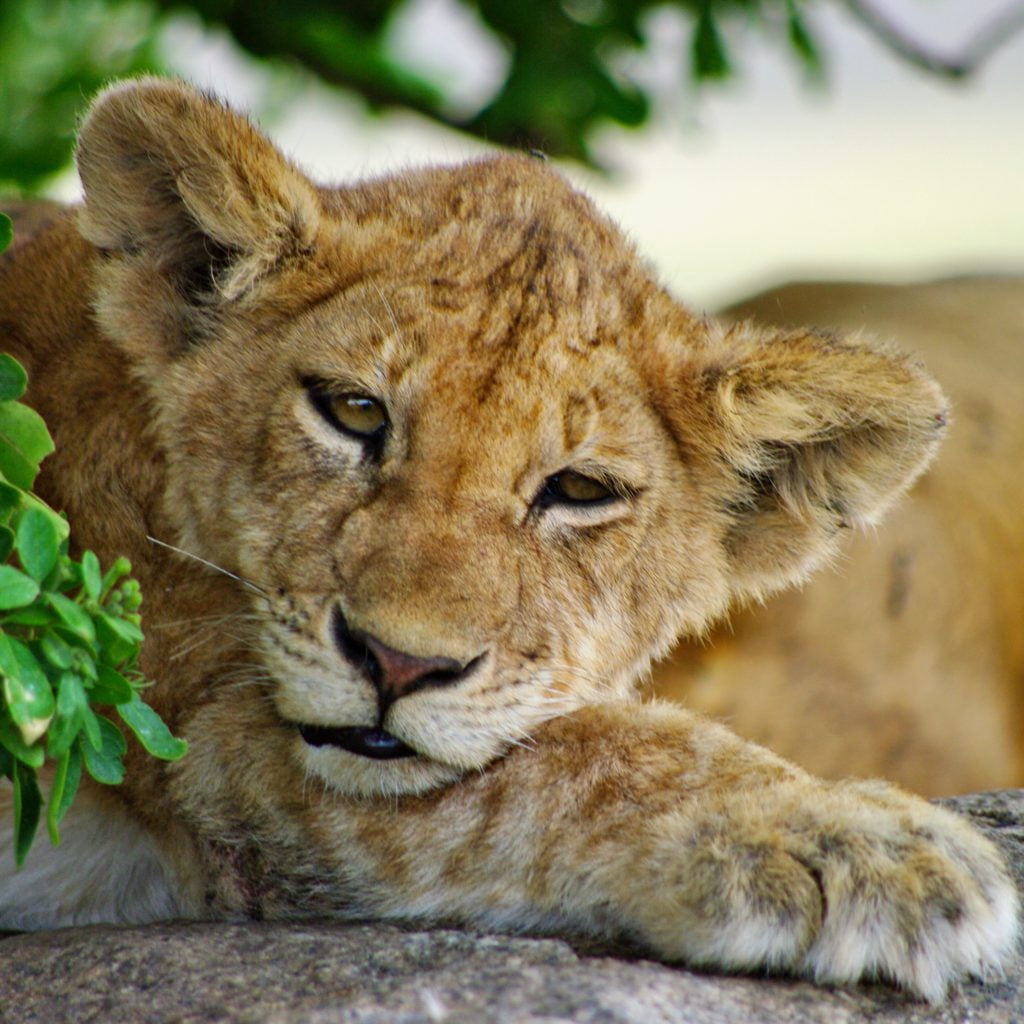
The Big Five: the star animals of Tanzanian safaris
True stars of the African savannah, the animals that make up the Big Five fascinate travellers. Behind this name are 5 emblematic animals to be seen on safari in Tanzania: the lion, the leopard, the elephant, the buffalo and the rhinoceros. Although this term is now used to designate the flagship animals of the African savannah, its origins are far less glorious. In fact, the name Big Five was used to refer to the 5 most difficult animals to track on hunting safaris in the wild. This effeminate pursuit of the Big Five decimated certain species, which are now threatened with extinction. The national parks and nature reserves for which Tanzania is famous for animal watching are actively involved in preserving these famous Big Five.
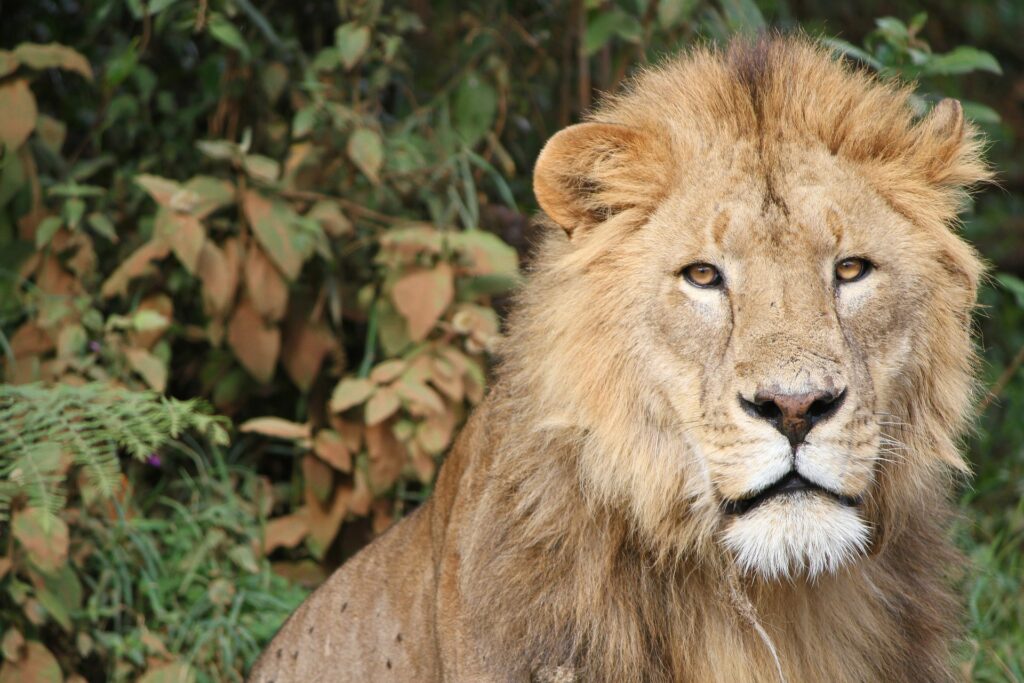
The lion
Tanzania is certainly one of the best places to see the king of the savannah on safari. some 3,000 individuals live in the heart of the vast Tanzanian plains, which are home to the largest concentration of lions in the whole of Africa. The Serengeti National Park is known as a favourite playground for predators during the Great Migration. It is the ideal park in which to spot this majestic Big Five cat on a Tanzanian safari at this time of year.
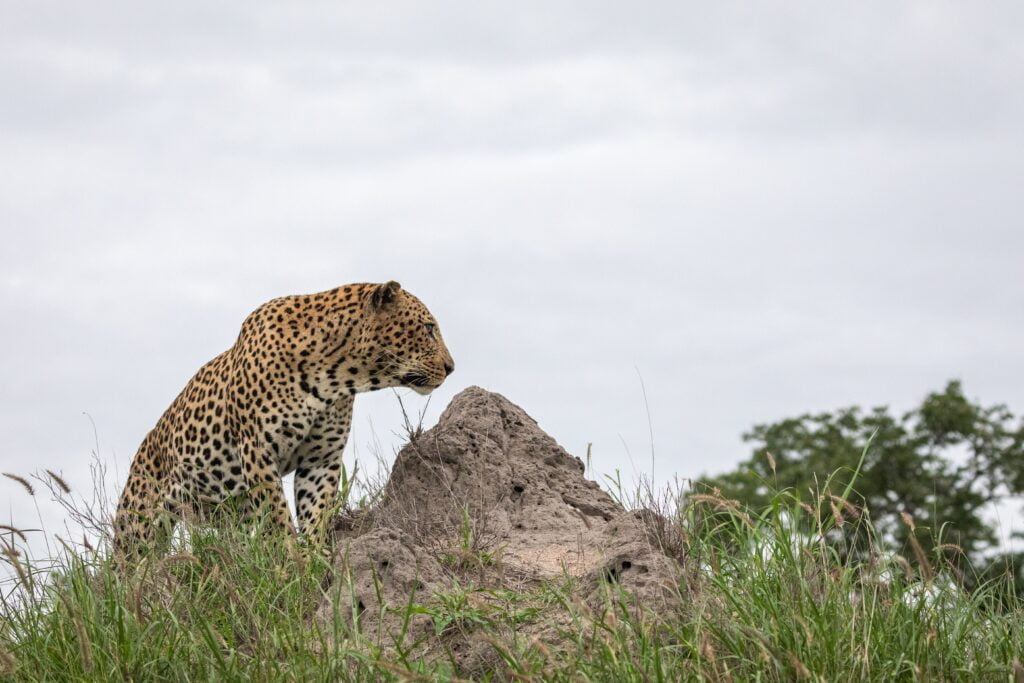
The leopard
Very discreet, the leopard is one of the most difficult animals in the Big Five to spot on safari. Usually hidden in the shade of trees, this small, spotted feline blends into the background. Although they remain rare, the chances of spotting them are highest in the Seronera region of the Serengeti National Park. The leopard can also be seen in Tarangire Park during the dry season and in the trees of the Ngorongoro Conservation Area.
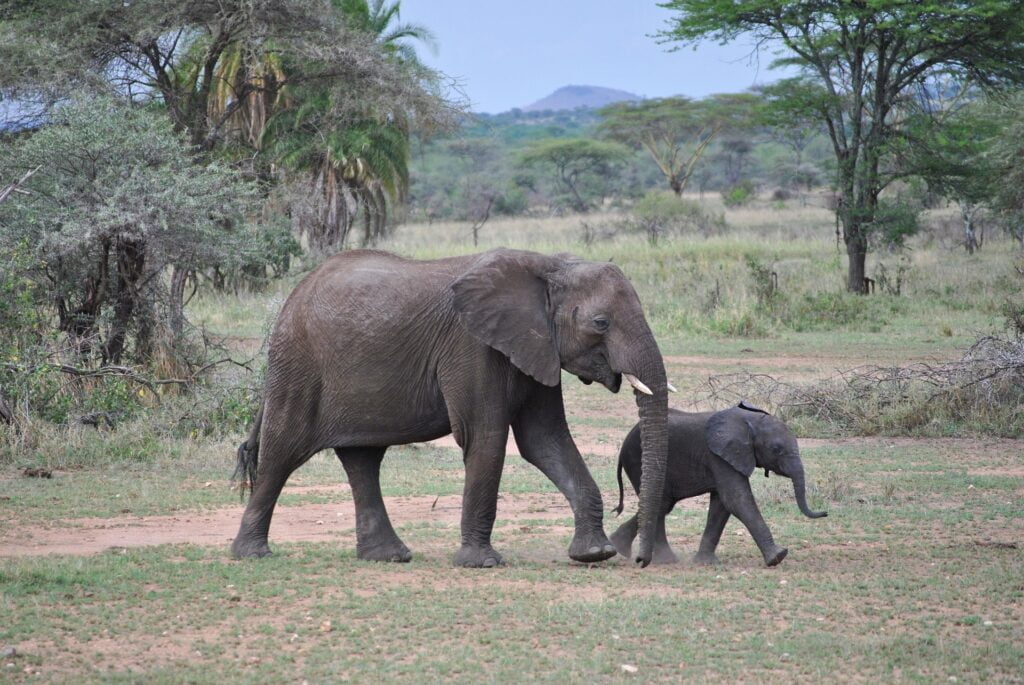
Elephant
Both imposing and impressive, the elephant does not go unnoticed in the heart of the savannah. So it’s easy to spot elephants on a Tanzanian safari. With the highest concentration of elephants on the African continent, Tarangire National Park is a veritable sanctuary for these immense pachyderms. The Ngorongoro Conservation Area and the Selous Reserve are also not-to-be-missed sites for discovering Tanzania’s elephants.
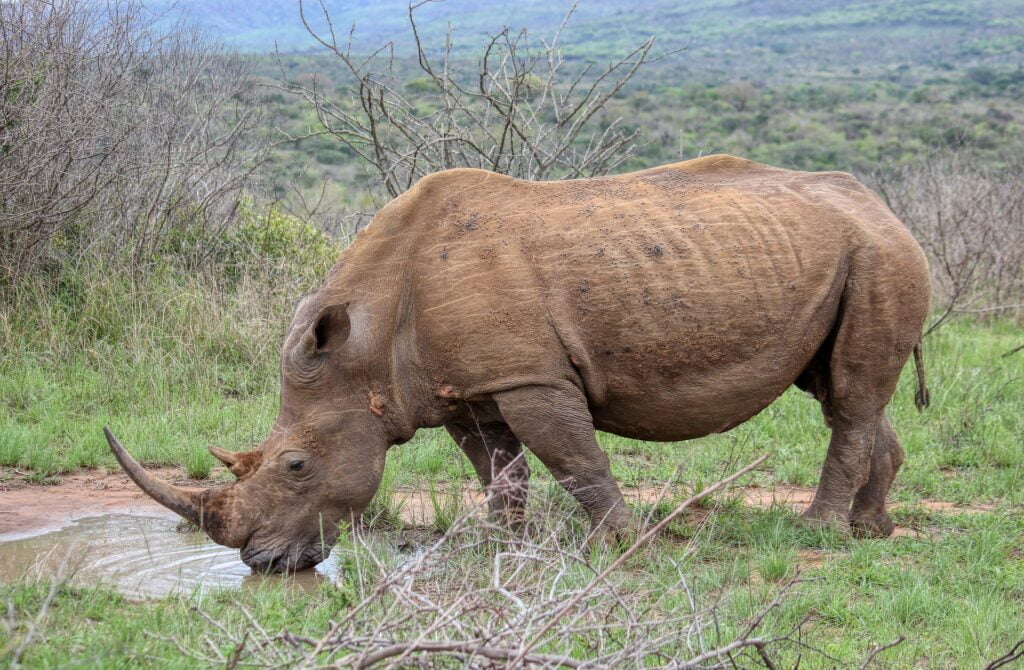
The rhinoceros
White or black, the rhinoceros is one of the world’s most endangered species. The rhino population has been decimated by poaching. In 2015, there were 15 rhinos living in Tanzania, but now there are more thanks to increased anti-poaching efforts. Despite an encouraging increase in the number of animals, the chances of seeing a rhino on a Tanzanian safari tour remain slim. The Ngorongoro Conservation Area and Serengeti National Park are the safari parks with the best chances of seeing a rhino.
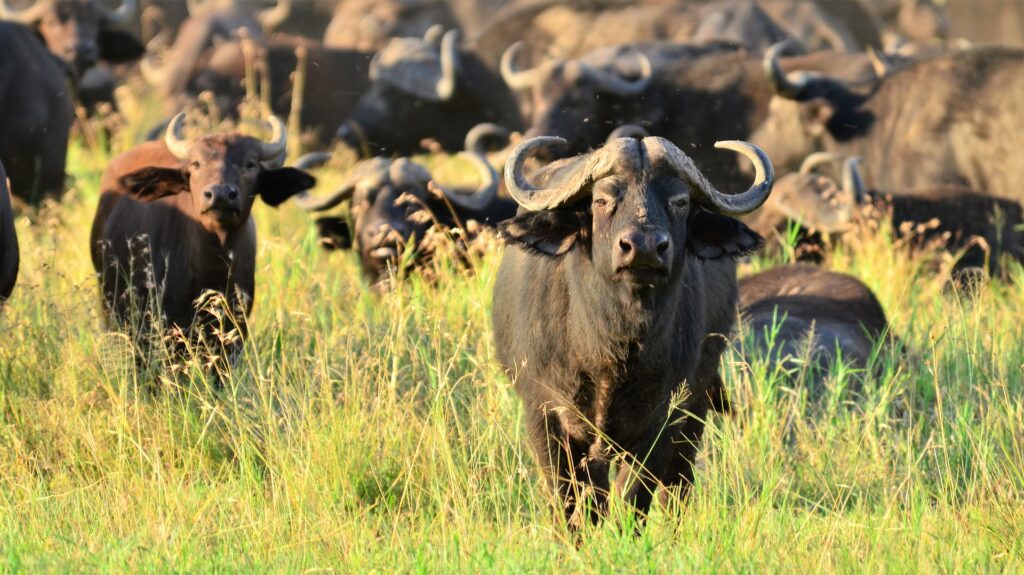
Buffalo
Buffalo are one of the Big Five animals that are easy to spot in Tanzania’s national parks. You can spot them just about anywhere in the country, but their daily need for water means they have to stay close to waterholes. The shores of Lake Manyara are therefore home to a high concentration of buffalo. The Selous Reserve is also a haven of peace for these emblematic animals of the Tanzanian savannah.
Tanzania’s national parks: a wealth of wildlife
Tanzania’s rich biodiversity is partly due to the number of protected areas in the country. The 22 parks and reserves spread across the four corners of Tanzania account for a third of the country’s surface area. These are protected, unfenced natural areas that allow wildlife to flourish in complete freedom, as they migrate. Each park has its own unique ecosystem, which is what makes Tanzania so beautiful. A safari through several protected areas will allow you to discover all the facets of the country and increase your chances of encountering a multitude of wildlife species.
Located in the north of Tanzania, the Serengeti National Park is the country’s most famous park because of the high concentration of wildlife it harbours. The Serengeti savannah, a favourite Big Five viewing area, is the setting for some exceptional natural spectacles. The emblematic predators of the African bush cohabit here with a large population of herbivores. With a little patience, you may be able to catch a glimpse of an epic hunt or admire the spectacular crossing of the Mara River during the Great Migration. Birdwatchers will not be outdone, with almost 500 species of bird making their home in the Serengeti National Park.
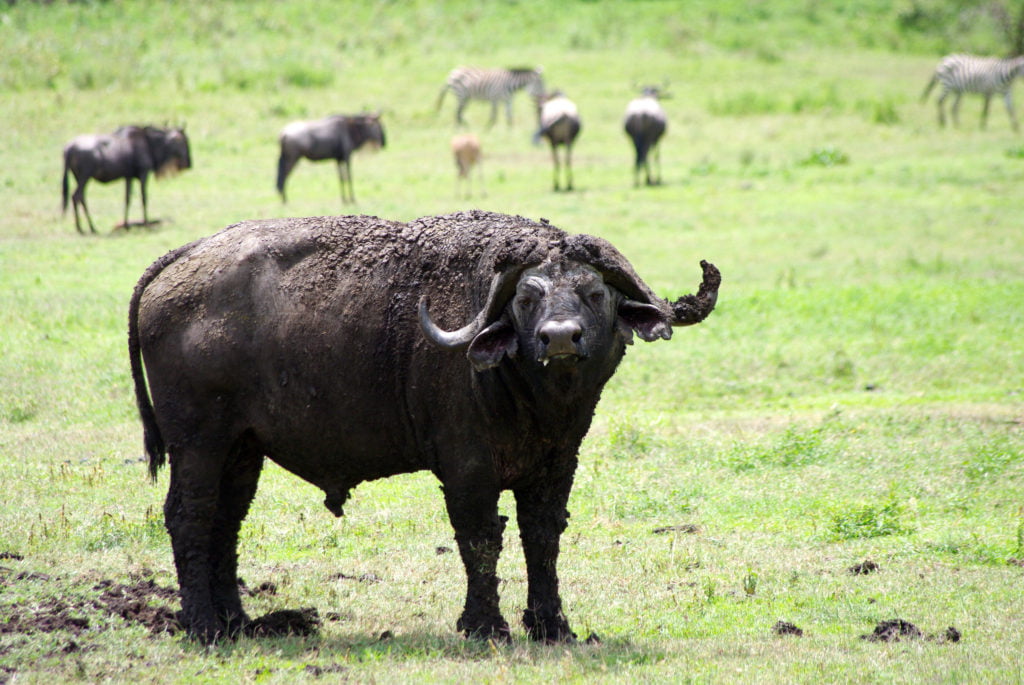
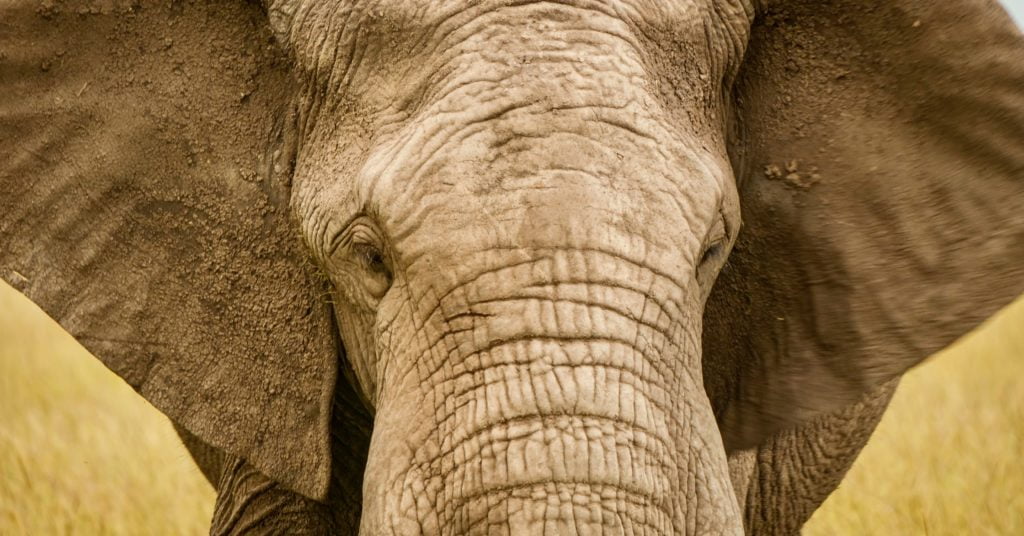
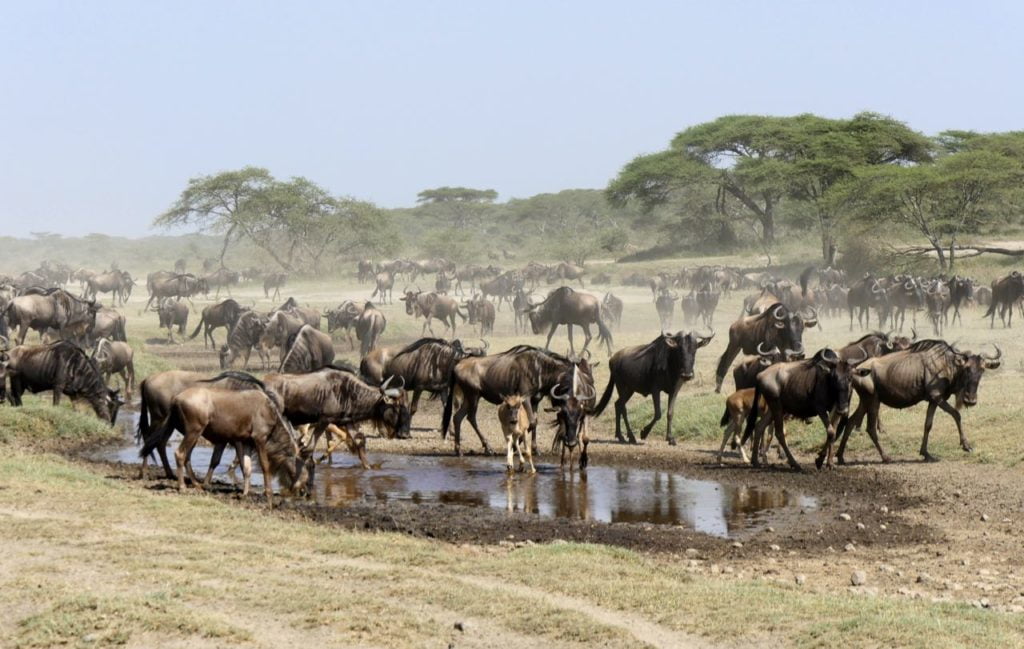
A UNESCO World Heritage Site, theNgorongoro Conservation Area is a haven of peace for Tanzania’s wildlife. Situated to the south of the Serengeti Park, the world’s largest caldera is made up of plateaux and savannahs that are home to a dense and rare fauna. Observing the wildlife that inhabits the plains of the Ngorongoro Crater is an essential part of any Tanzanian safari. This Garden of Eden, home to almost 30,000 individuals, reveals an incredible density of animal life. The species to be discovered in the heart of this ancient volcano are numerous: elephant, buffalo, wildebeest, zebra, hippopotamus, leopard, spotted hyena, cheetah, lion, pink flamingo, ostrich, eagles, vultures, etc.
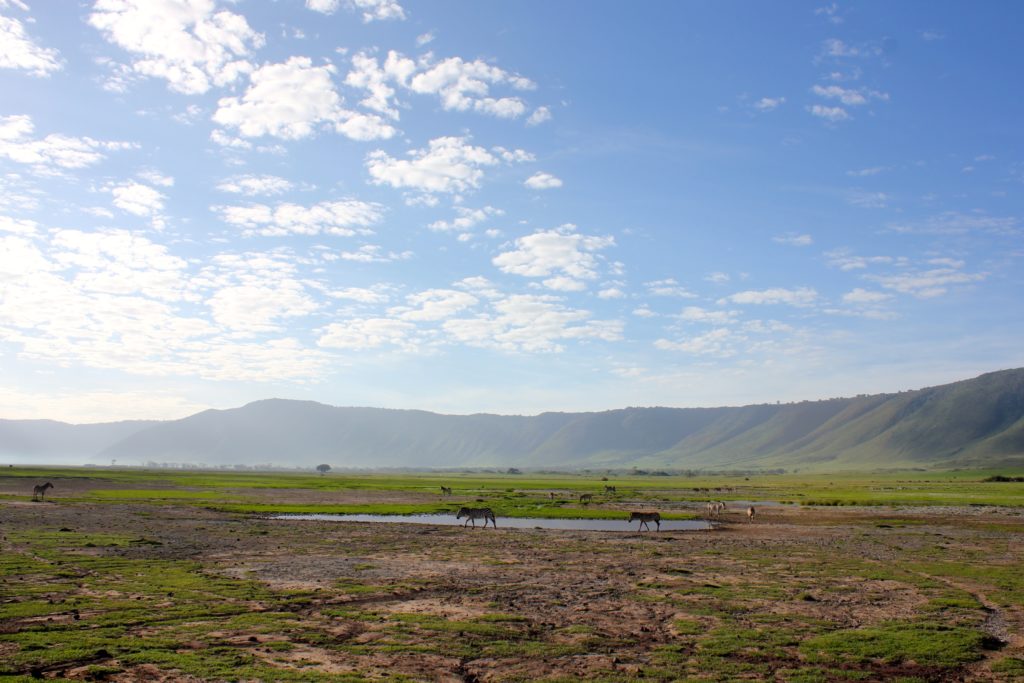
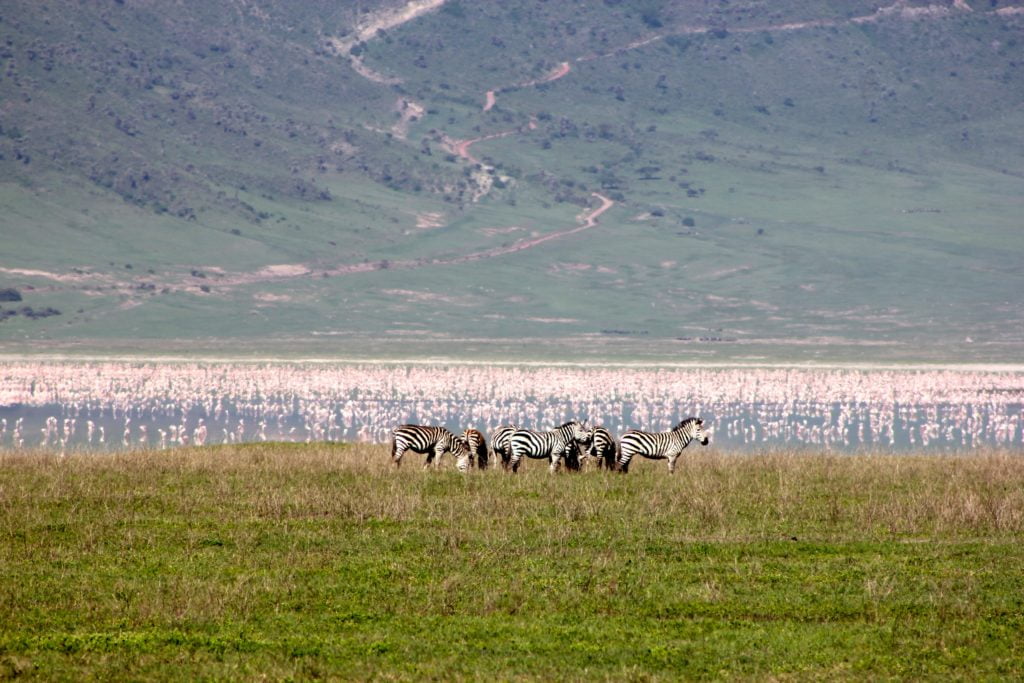
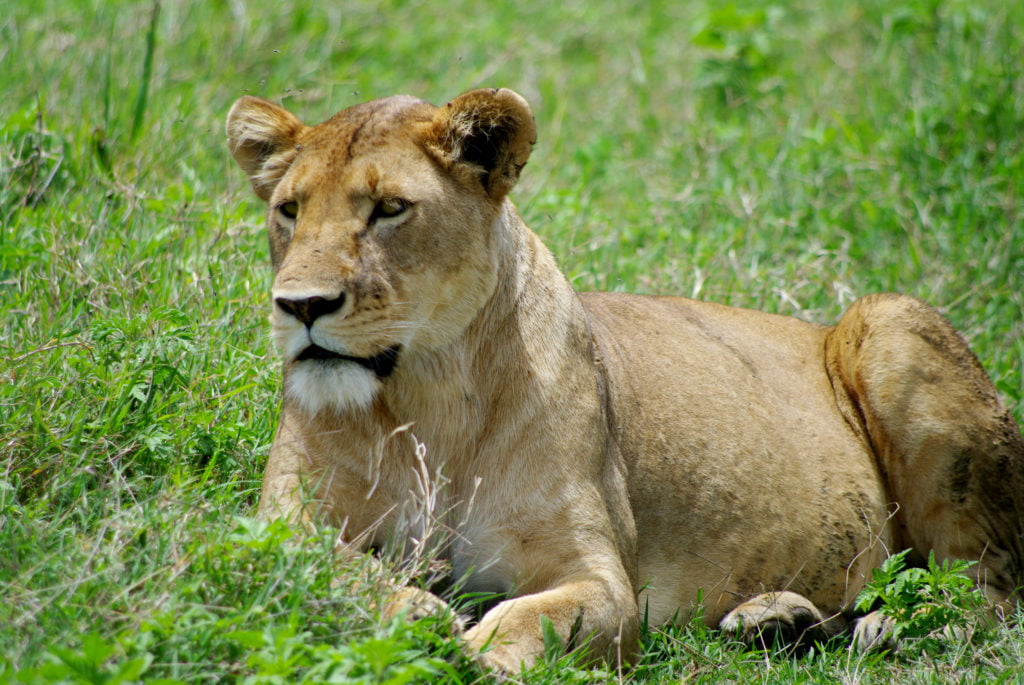
Not far from the Serengeti National Park and the Ngorongoro Conservation Area lies Lake Manyara National Park. This popular animal-watching site in Tanzania has a number of distinctive features. Here, the kings of the savannah do not bask at the foot of the trees, but on their branches. It’s well worth the diversions! Lake Manyara is also home to numerous colonies of pink flamingos. On the herbivore side, giraffes, wildebeest, zebras, warthogs, buffalo and impala roam the lake in complete tranquillity. Primates are also present in this magnificent green area, having found refuge in the sublime tropical forest that surrounds Lake Mayara. This protected area offers a wide variety of landscapes and allows you to admire a great diversity of wild animals in their natural habitat.
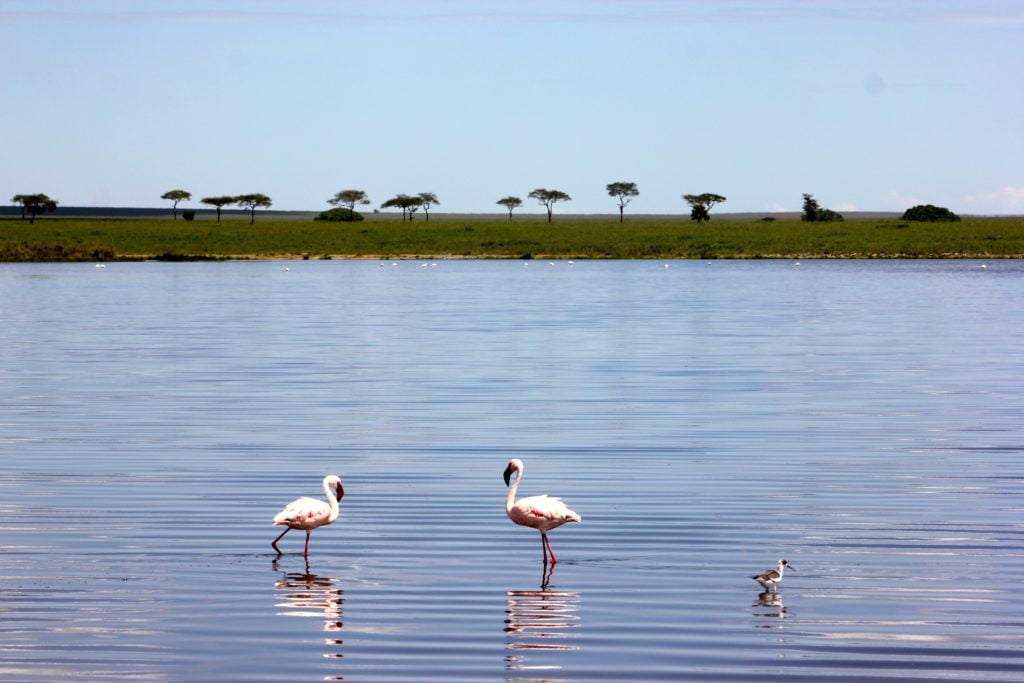
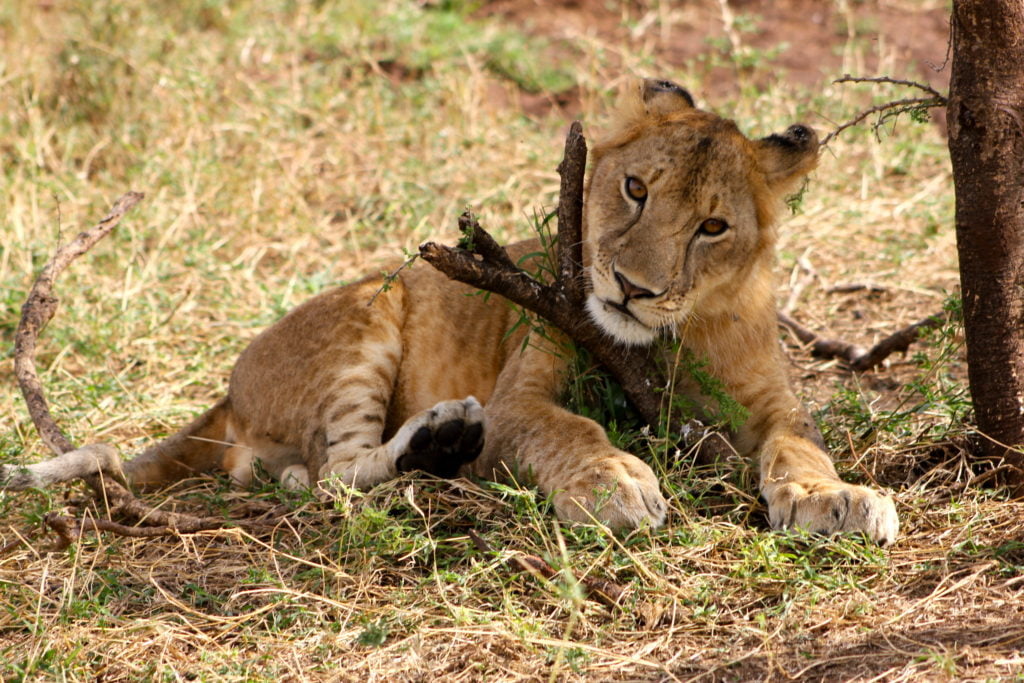
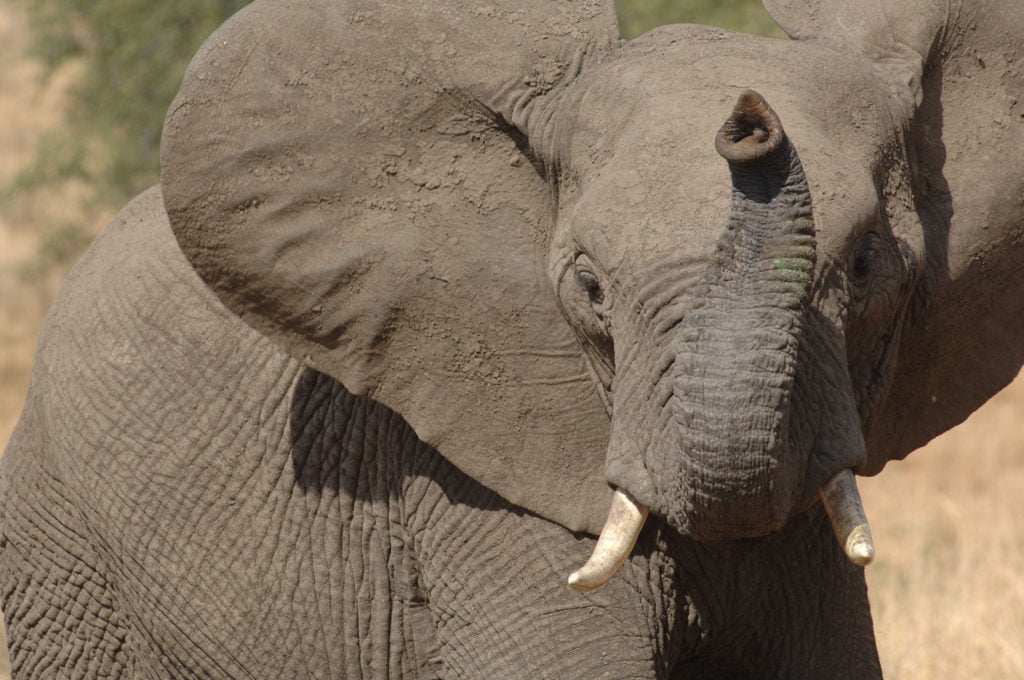
A birdwatcher’s paradise, Lake Natron is a safari destination that’s off the beaten track when it comes to animal watching. This salt lake, with its surprising blood-red colour, offers breathtaking scenery. Despite its arid climate and high water salinity, which is unfavourable to the development of wildlife, Lake Natron is a major breeding and nesting ground for lesser flamingos. The high concentration of spirulina in the lake’s waters and the absence of natural predators due to the hostile living conditions provide a favourable environment for many aquatic birds to flourish.
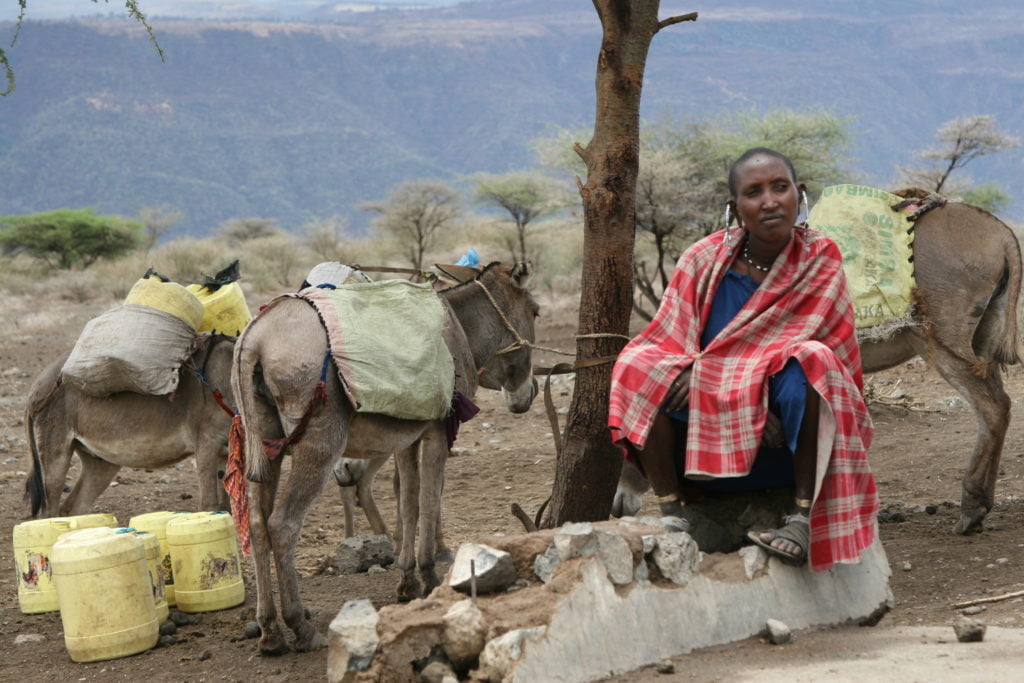
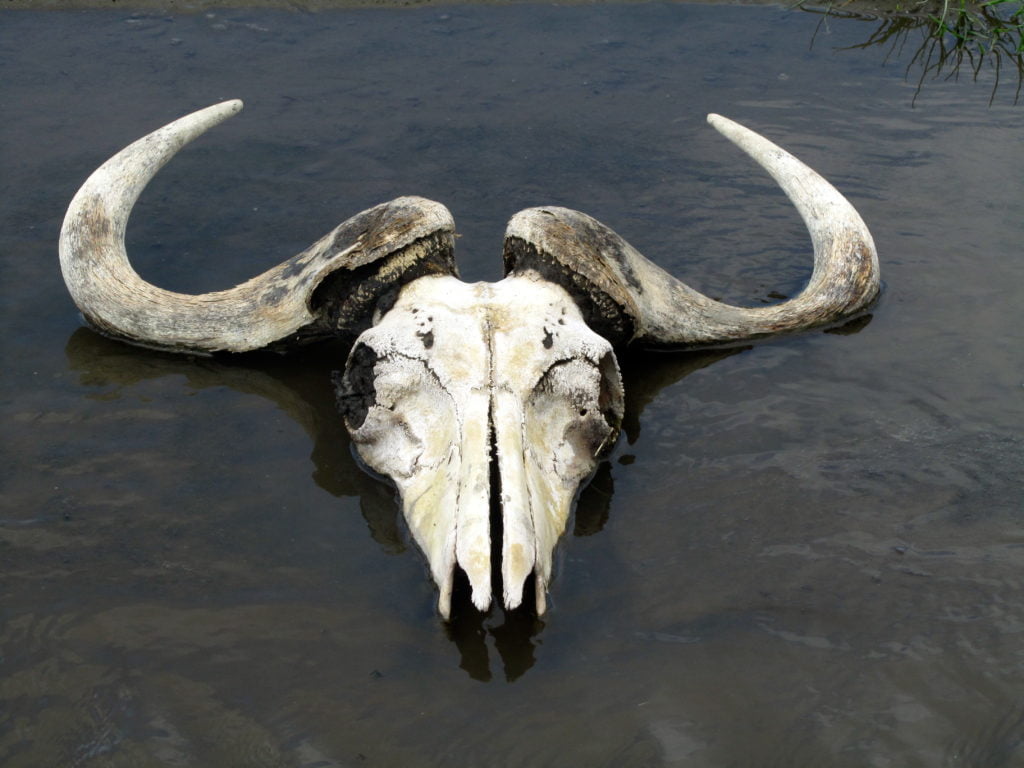
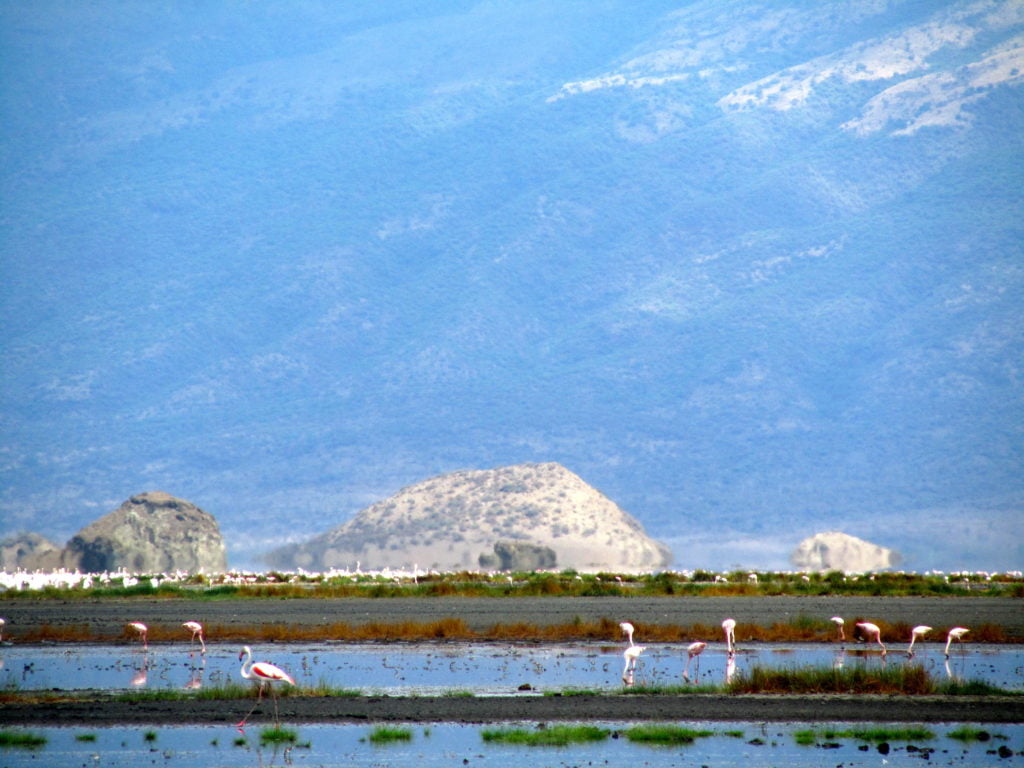
A safari in Tarangire National Park will be an unforgettable experience for elephant lovers. Tanzania’s large elephant population lives in the heart of this little paradise south of Lake Manyara. The park’s centuries-old baobabs and peaceful river provide an exceptional living environment for the elephants and birds that live here.
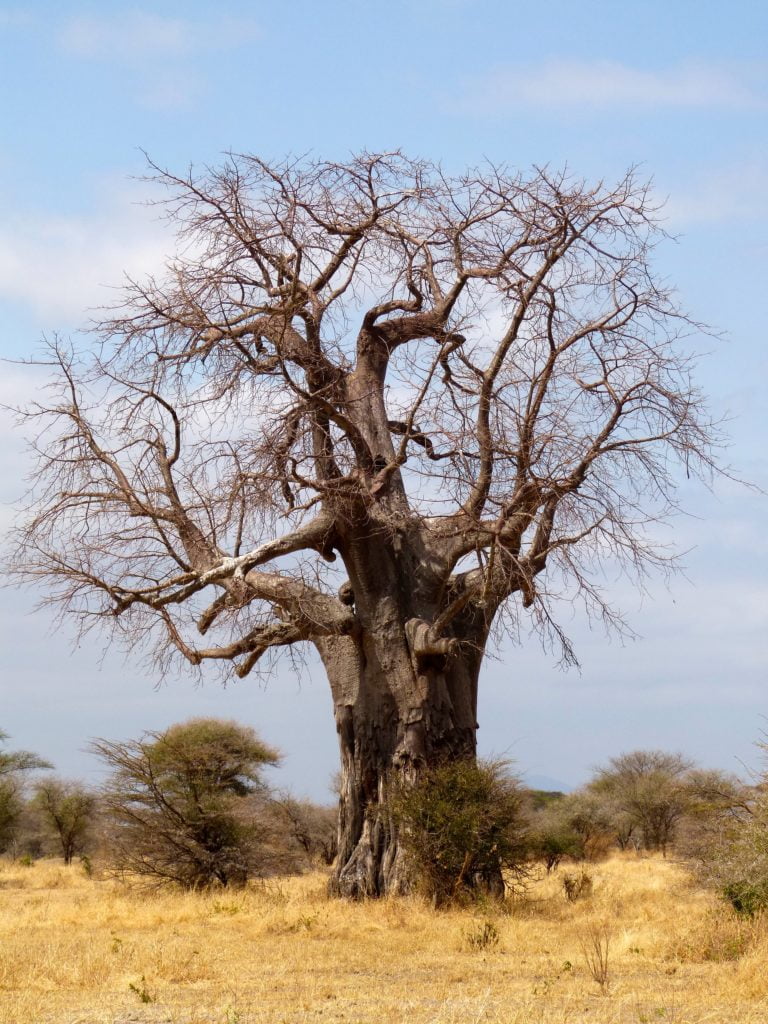
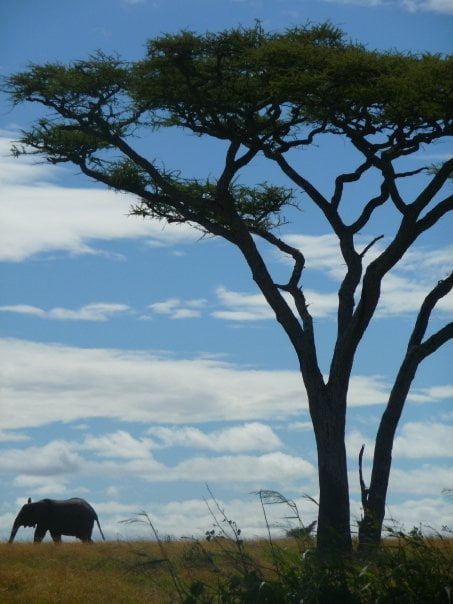
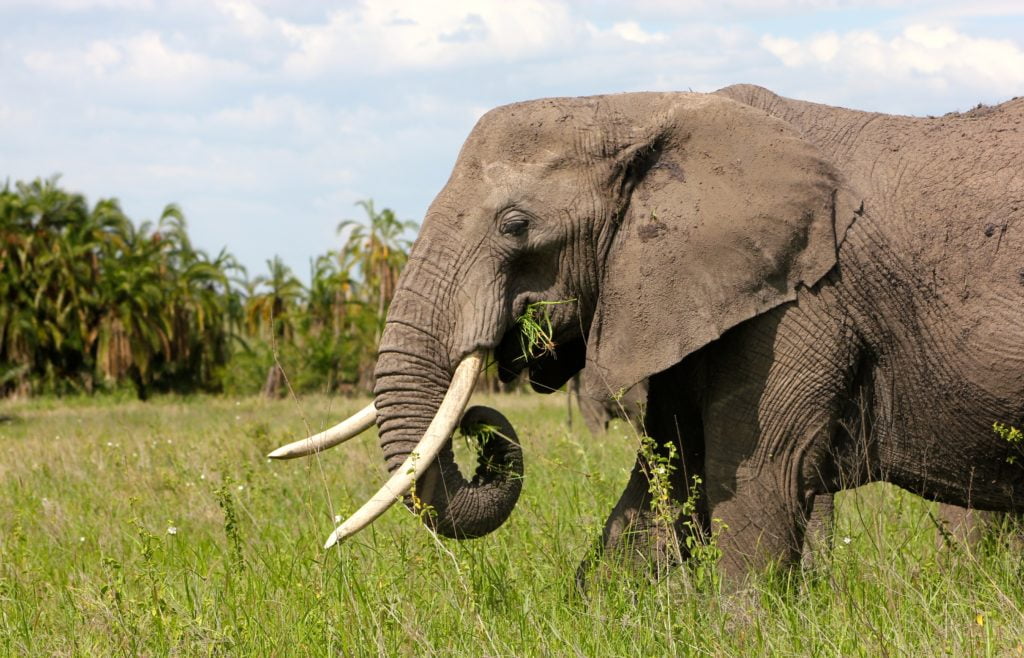
Looking for unspoilt wilderness and an uncrowded park for your Tanzanian wildlife safari? The national parks in the south of the country offer a more intimate wildlife-watching experience. The largest game reserve in Africa, the Selous Reserve is home to an incredibly well-preserved biodiversity of great diversity. A large proportion of Africa’s wildlife is represented in the heart of this vast wilderness. Mikumi National Park offers a unique wilderness safari, while Ruaha National Park guarantees a peaceful safari away from the beaten track. Saadani National Park is the only seaside safari. Ideal for relaxing on the beach after spending the day discovering the characteristic animals of the Tanzanian savannah.
For primate-watching in Tanzania, three unspoilt parks are well worth a visit: Udzungwa National Park, Gombe Stream National Park and Mahale Mountains National Park. These parks are veritable sanctuaries for chimpanzees and other primates in Tanzania.
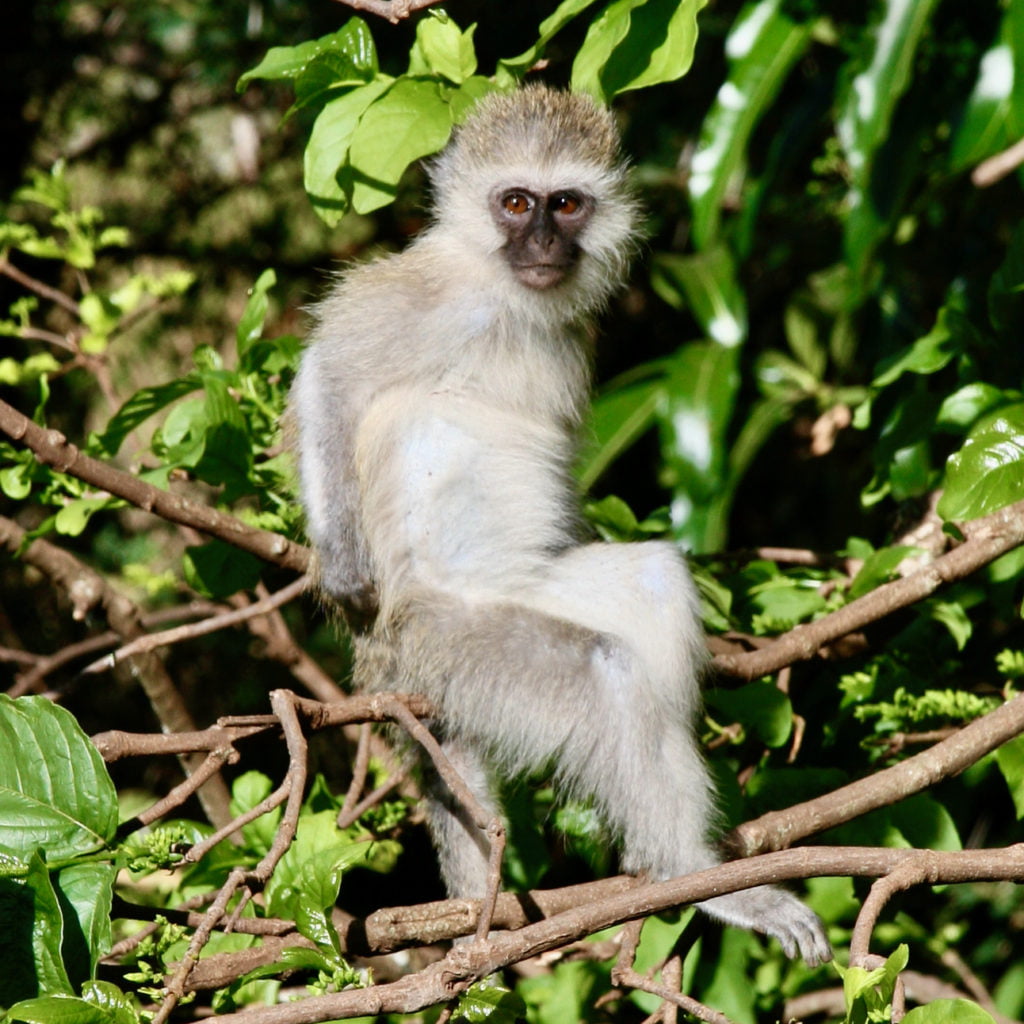
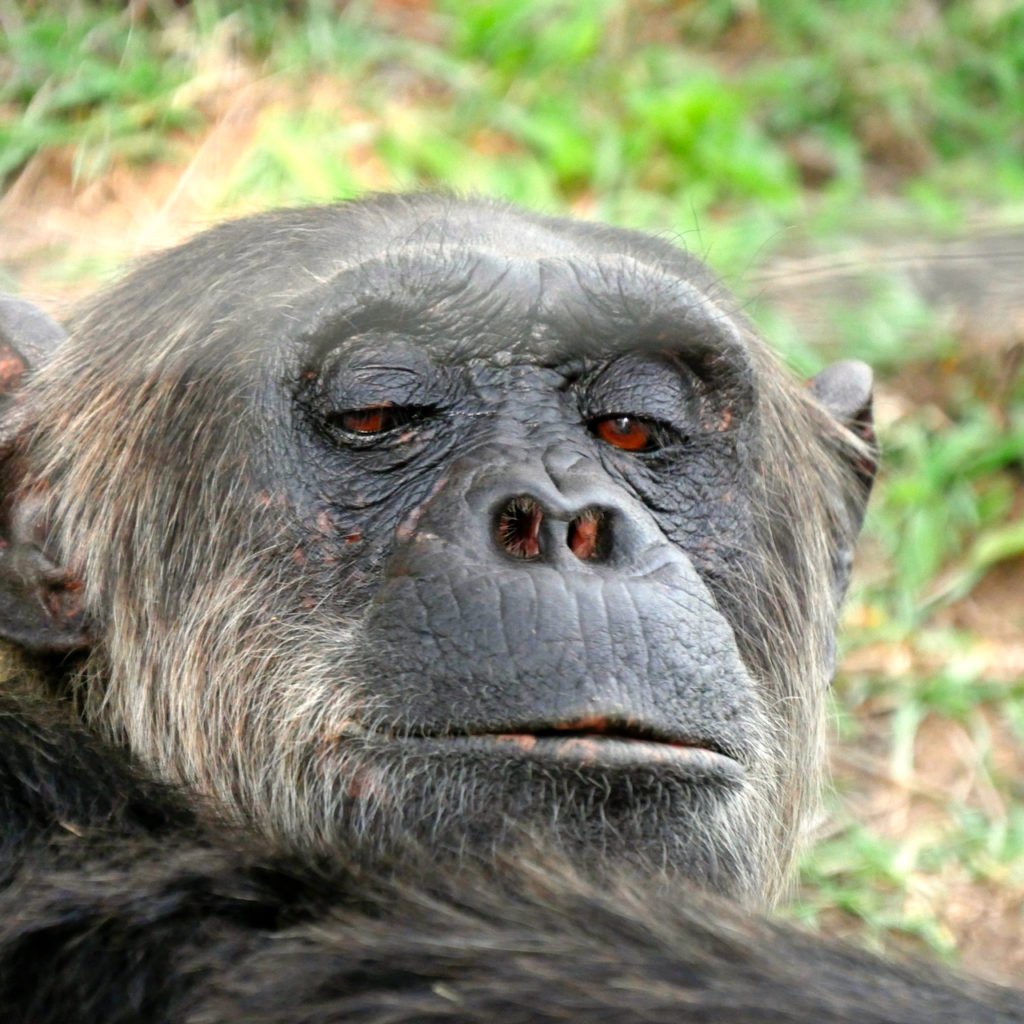
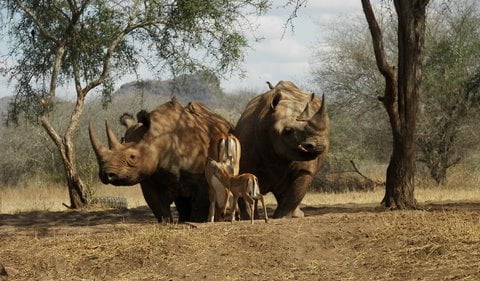
Animal watching in Tanzania: tips and best periods
When is the best time to go animal watching in Tanzania? The dry season is the best time of year for a safari. From June to October, temperatures are very pleasant and it almost never rains. The vegetation is much less dense, making it easier to observe the animals. As the ground dries out, the animals also gather around the remaining waterholes. The chances of encountering them are therefore higher.
Animal migration is particularly important during the dry season, when the famous Great Migration of zebra and wildebeest takes place on the border between Tanzania and Kenya. Although birds can be seen all year round in Tanzania, the best time to observe them is during the rainy season. From October to November and March to May, migratory birds stop over in the country.
The Great Migration of animals in Tanzania

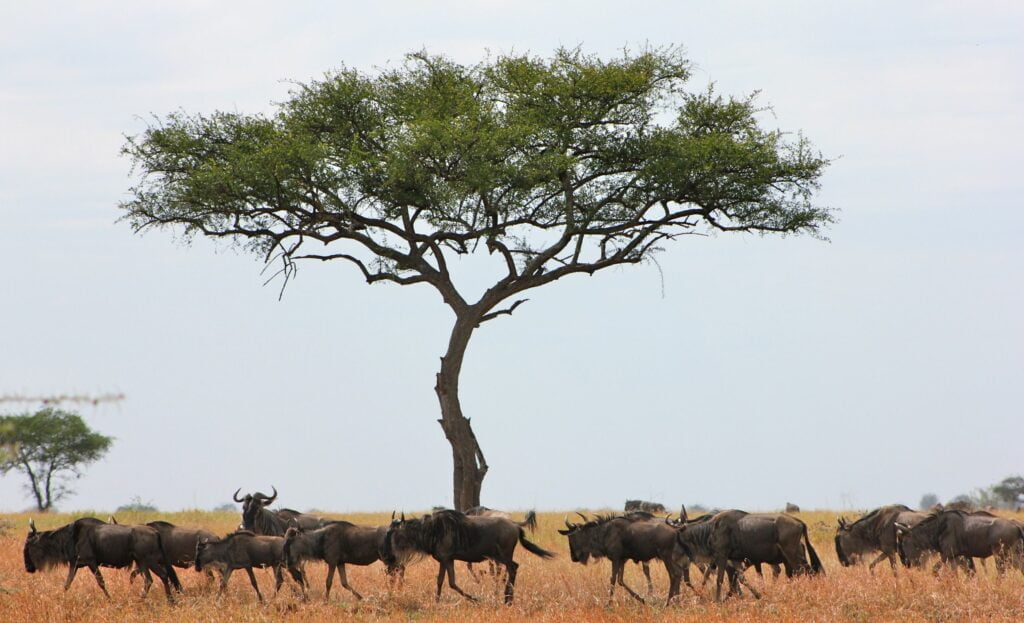
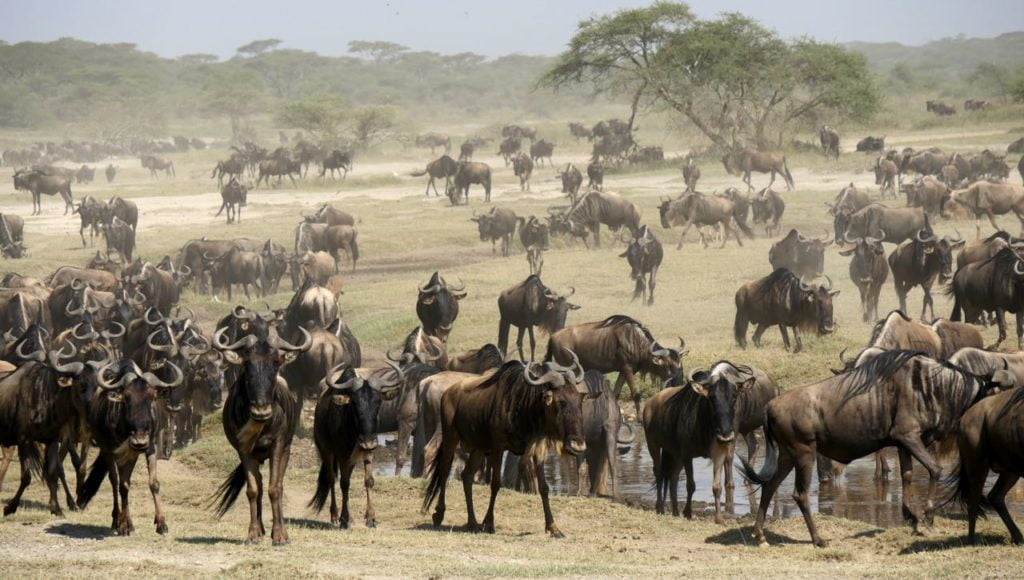
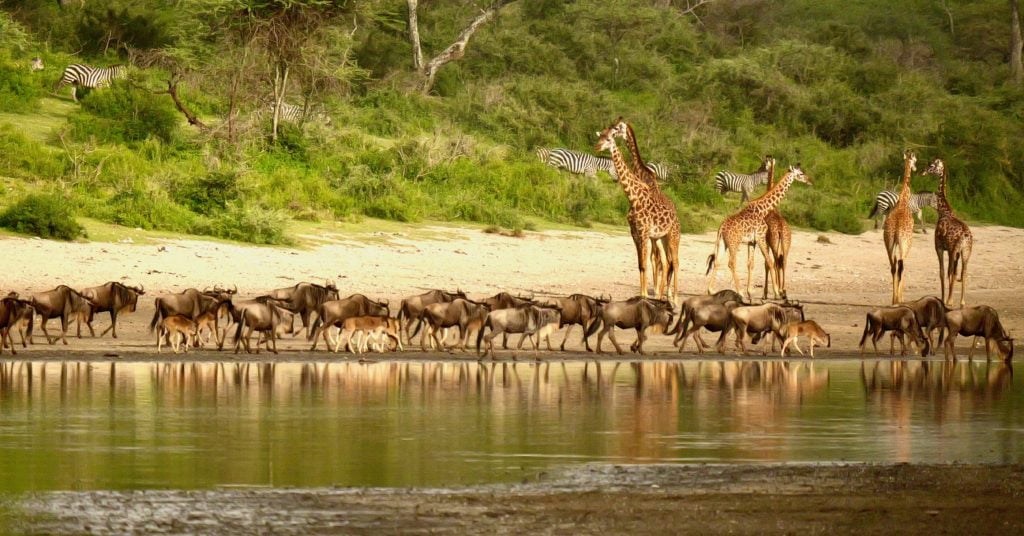
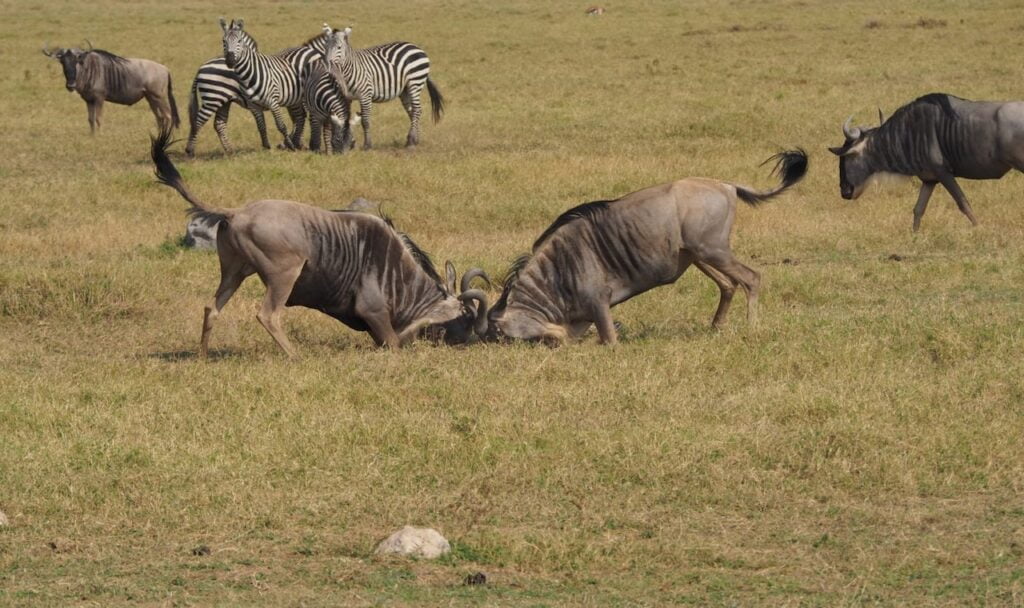
The Great Migration of herbivores is an exceptional natural spectacle to be discovered on a trip to Tanzania. The vast Tanzanian plains are the scene of spectacular migratory movements that punctuate the lives of millions of wildebeest and zebra. These immense herds move in unison between Kenya and Tanzania in search of water and food. This natural phenomenon, conditioned by the seasons and the weather, is made up of 4 different major phases. It’s up to you to choose the show you want to see on your Tanzania safari.
- The dry season, which runs from June to October, is marked by the great crossing of the Mara River. The millions of wildebeest and zebra that used to live north of the Serengeti National Park in the Kogatende region migrate towards the Massai Mara National Reserve in Kenya. A perilous journey that takes them across a river inhabited by numerous crocodiles under the watchful eye of lions ready to pounce. If you go on safari at this time of year, you’ll have the chance to watch the Mara River crossing in all its spectacular glory.
- During the short rainy season, from November to December, the herds of wildebeest and zebra leave Kenya for the lush plains of the southern Serengeti National Park. A haven of peace for these herbivores.
- The warm season, from January to March, is marked by the birthing season. It is in the heart of the Ndutu region, between the Serengeti National Park and the Ngorongoro Conservation Area, that the wildebeest give birth to their young. Nearly 400,000 babies are born in the heart of the Tanzanian savannah during this phase of the Great Migration.
- In spring, from April to June, the threat hangs over the herds on their transhumance towards the north of the Serengeti. The crossing of the plains in the west of the park is punctuated by numerous predator attacks.
Birds of the Serengeti: a birdwatcher’s paradise
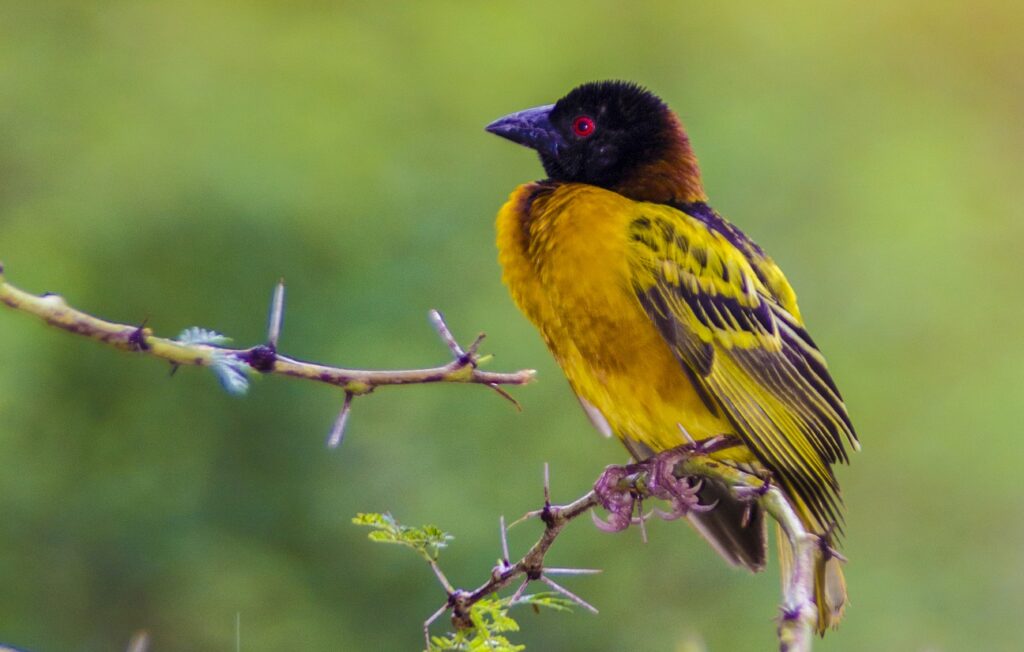
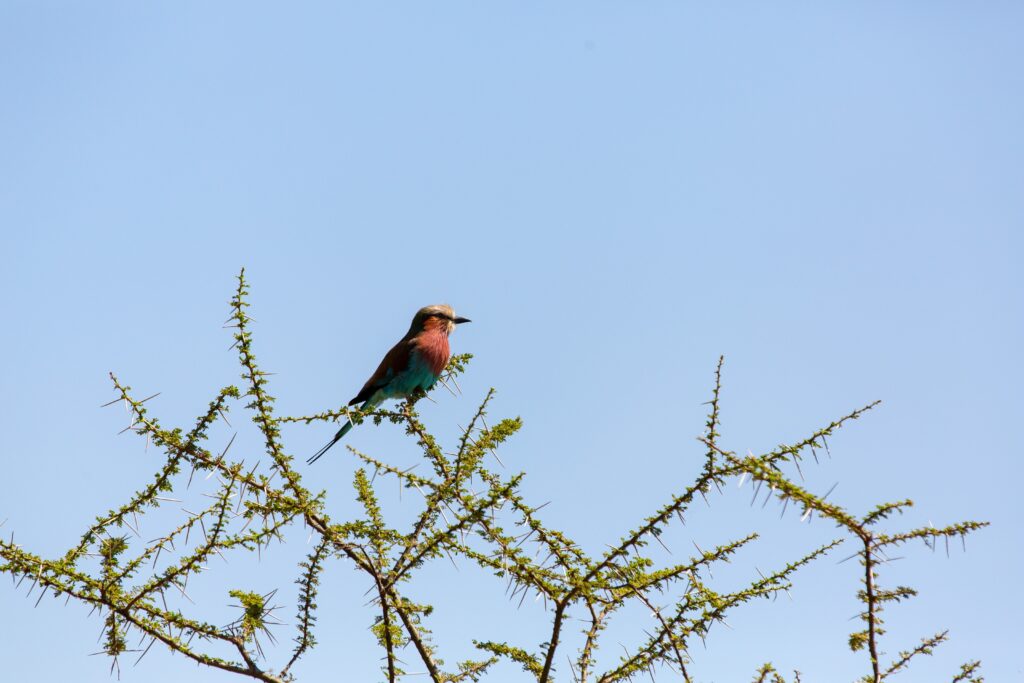
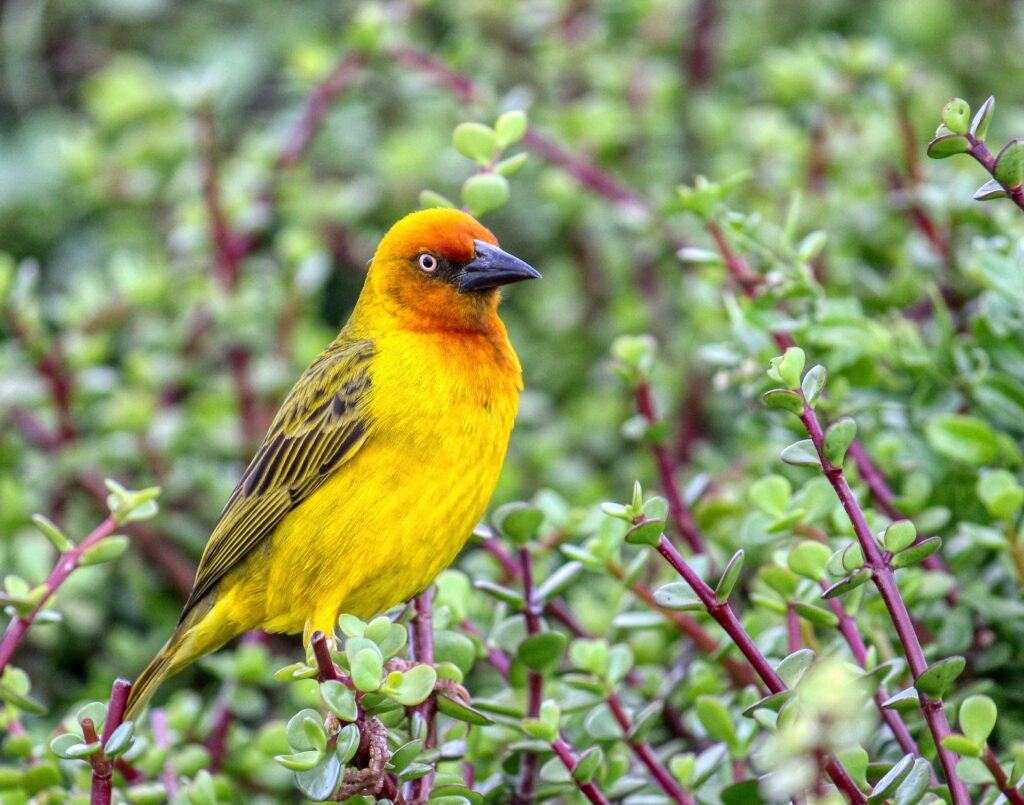
More than 400 species of bird live in the wooded savannah of the Serengeti national park, which is no less than the2nd largest wildlife park in Africa. A safari in this legendary natural area will give you the chance to see a wide variety of birds: ostriches, Kori bustards, savannah bateleurs, silver gobblers, yellow-throated gangas, Hildebrandt’s jackdaws, bucérotidés, sunbirds and birds of prey. A veritable paradise for birdwatchers, Serengeti National Park is home to some of Tanzania’s endemic species: Fisher’s lovebird, with its bright green and orange plumage, the grey-breasted francolin, the red-tailed weaver, a land bird, and the red-tailed histurgopse, with its surprising coat. A rich biodiversity to discover on safari in Tanzania.
Predators in the Serengeti and their role in the ecosystem
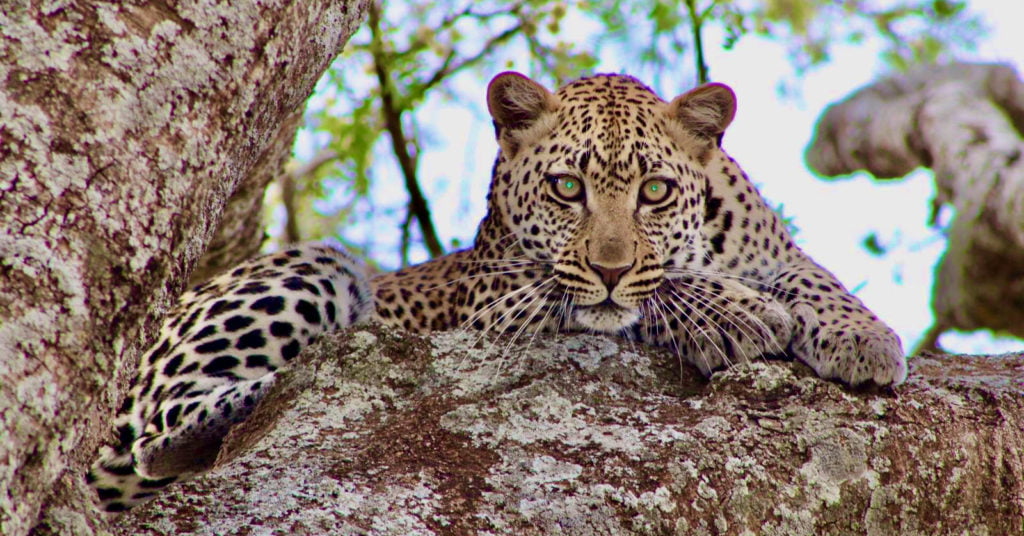
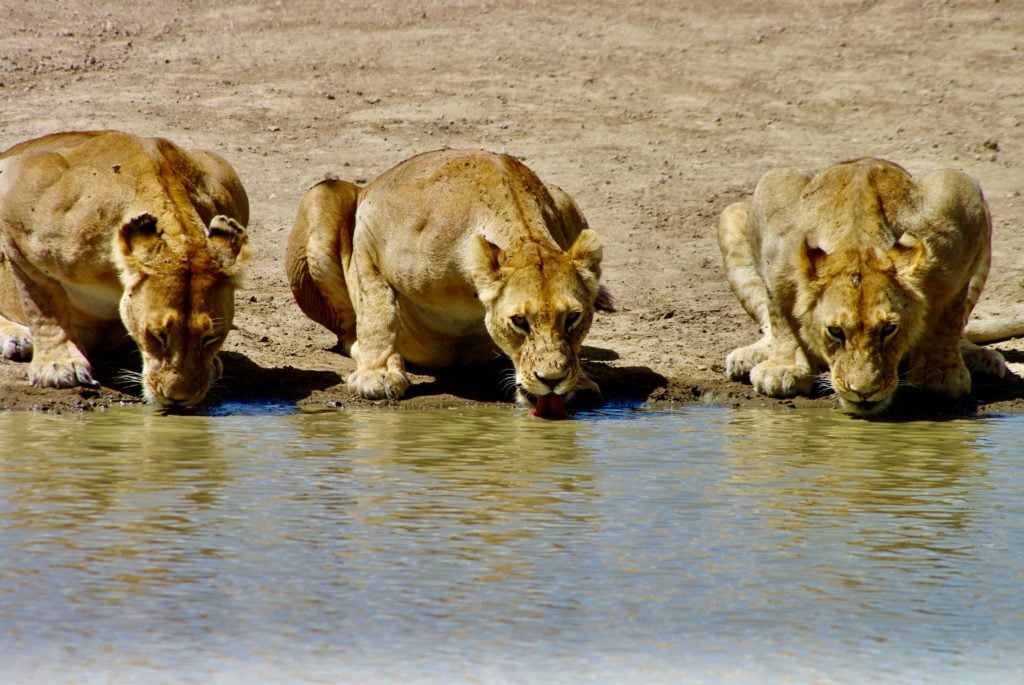
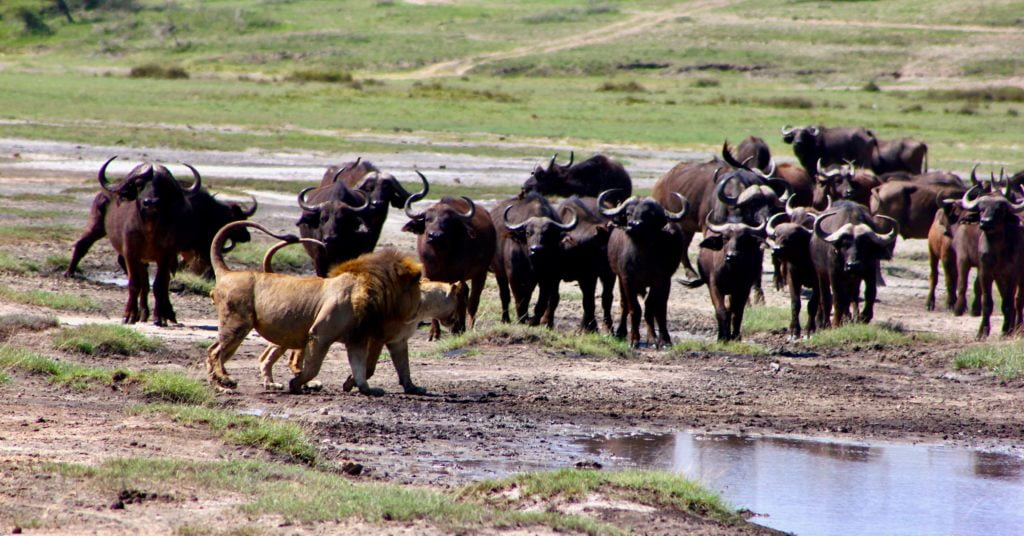
Symbols of the African savannah, predators are the most popular animals to see on safari in Tanzania. The lion, leopard and cheetah are the animals that immediately spring to mind when you think of predators in the African bush. But the king of the savannah is not the only animal that poses a threat to the animals that inhabit this vast wilderness. Several species help to regulate the populations of herbivores that roam the Serengeti savannah with the seasons. Hunting contributes to the balance of the ecosystems. The predators that follow the movements of wildebeest, zebra and gazelle between Tanzania and Kenya during the Great Migration are more numerous than you might think. As well as the stars of the Big Five, cheetahs, hyenas, jackals and crocodiles also play a key role in this ecosystem.
The herbivores of the Serengeti: an impressive diversity
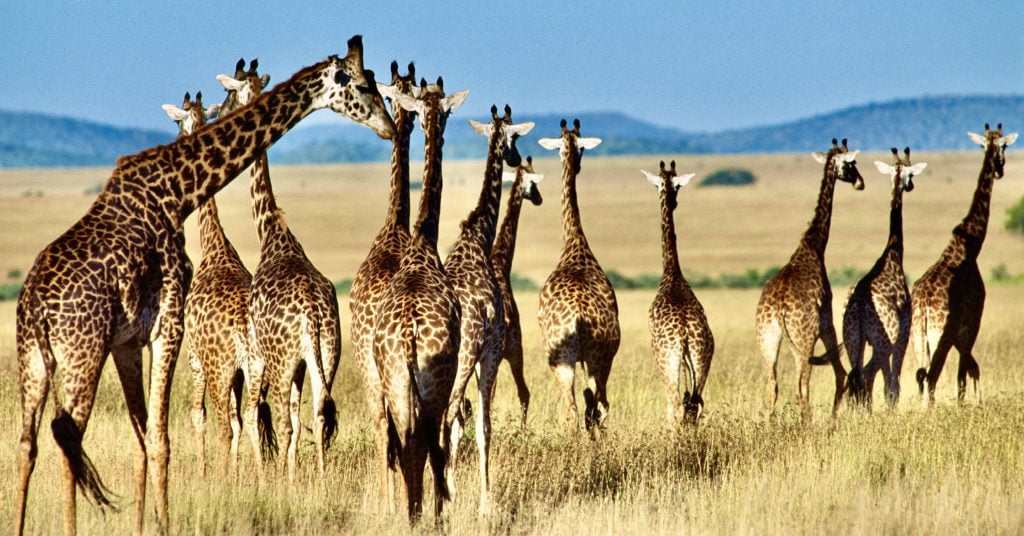
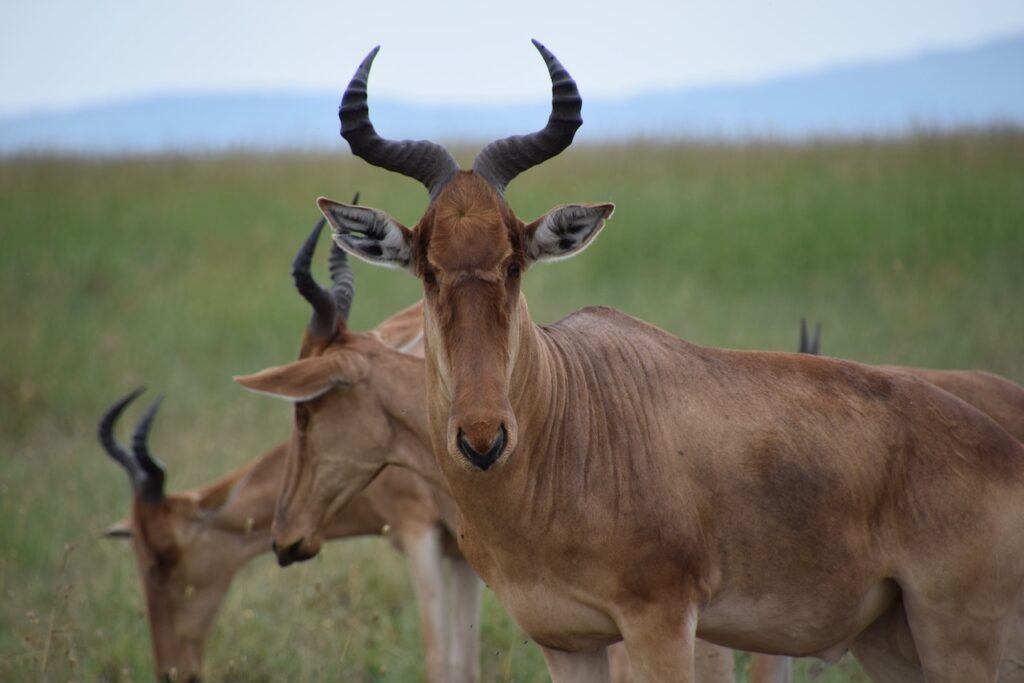

Among the many species of animal found in the Serengeti National Park, herbivores occupy pride of place. As well as the millions of wildebeest and zebra that migrate through the Serengeti every year between Kenya and Tanzania, many other animals can be found in this emblematic park. Buffalo, giraffe, antelope, impala, gazelle – these are just some of the animals you can see in their natural habitat on a safari in the Serengeti National Park.
The ecosystems of the Serengeti and their specific features
Nicknamed the “endless plains” by the Maasai, the Serengeti National Park is defined by its exceptional landscapes and great diversity. This impressive expanse of savannah covers a large part of the park and provides a wonderful backdrop for the animals that live here in harmony. Comprising grasslands, forests, plains, kopjes and swamps, the Serengeti ecosystem is divided into three main regions:
- The endless plains, which form the most emblematic backdrop to the Tanzanian savannah.
- The western corridor crossed by the Grumeti River and characterised by swampy savannah.
- The north of the Serengeti, home to small isolated villages and the Mara River on the Kenyan border.
Endangered and protected species in Tanzania
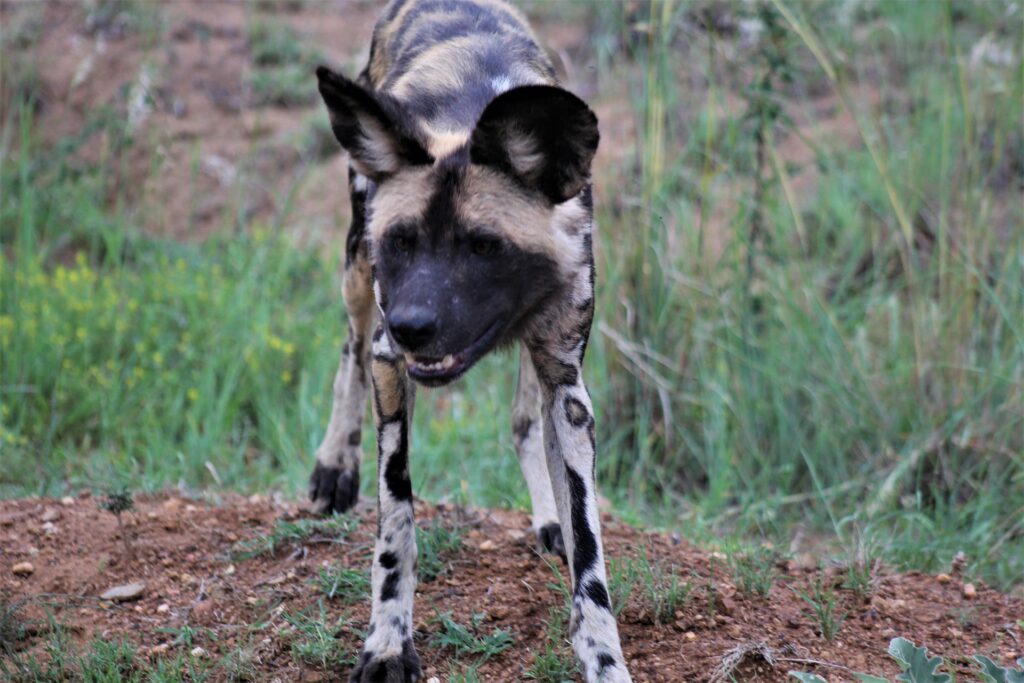


Protecting the animals and biodiversity of Tanzania is a major challenge for this destination, which is renowned for its rich natural heritage. Tanzania’s wide open spaces have long been the playground of hunters and poachers. This relentless hunting of wild animals almost led to the extinction of the Big Five. To preserve this unique biodiversity, a third of the country has been designated a protected area. This record proportion of protected areas in Africa can be broken down as follows: 21 protected areas where humans and animals live side by side, 14 national parks where human activity is prohibited with the exception of tourism, 1 conservation area and 2 marine parks. These actions have helped to halt the decline of 4 flagship species: the lion, the elephant, the chimpanzee and the rhinoceros. While the figures are encouraging, the battle is far from won.
- The black rhino is one of the world’s most endangered species. Decimated by poaching, the black rhino population was down to 127 individuals in 2013. The actions undertaken have shown a hopeful increase, with 167 rhinos counted in Tanzania in 2019.
- Although the ivory trade is illegal, elephants are still victims of poaching. The measures put in place by the government to combat this scourge have halted the decline in the elephant population in Tanzania.
- Killed by villagers, hunters in search of trophies and poachers, Tanzania’s lions have long been under threat. The greatest concentration of lions is found on Tanzanian soil. The number of individuals in protected areas is stable or even increasing, but the overall population remains under threat throughout Africa.
- Threatened by deforestation and hunted for their meat, chimpanzees are the focus of a conservation programme set up by Tawiri, Tanzania’s public wildlife research institute.
The challenges of animal conservation in Tanzania
Conserving endangered species in Tanzania is a major challenge. The intensive anti-poaching campaign and the creation of numerous protected areas have helped to reverse the trend. While the reserves and parks set aside for conservation represent a third of Tanzania’s territory, these protected natural areas account for only 8% of Kenya’s territory. The measures taken to safeguard wildlife have borne fruit, helping to stabilise populations threatened with extinction. Thanks to these anti-poaching efforts in the country, the elephant population has increased by 40% in Tanzania in recent years. Education and making the most of the benefits of tourism for the local population are essential to safeguarding Africa’s wildlife.
At Off Road, a specialist local agency, we do our utmost to offer you safaris that respect the environment and local populations, while making you aware of the threat to these animals. We strive to offer you itineraries off the beaten track, to provide you with a more authentic and local safari experience, and to provide you with better conditions for observing the wonders of nature in Africa.




